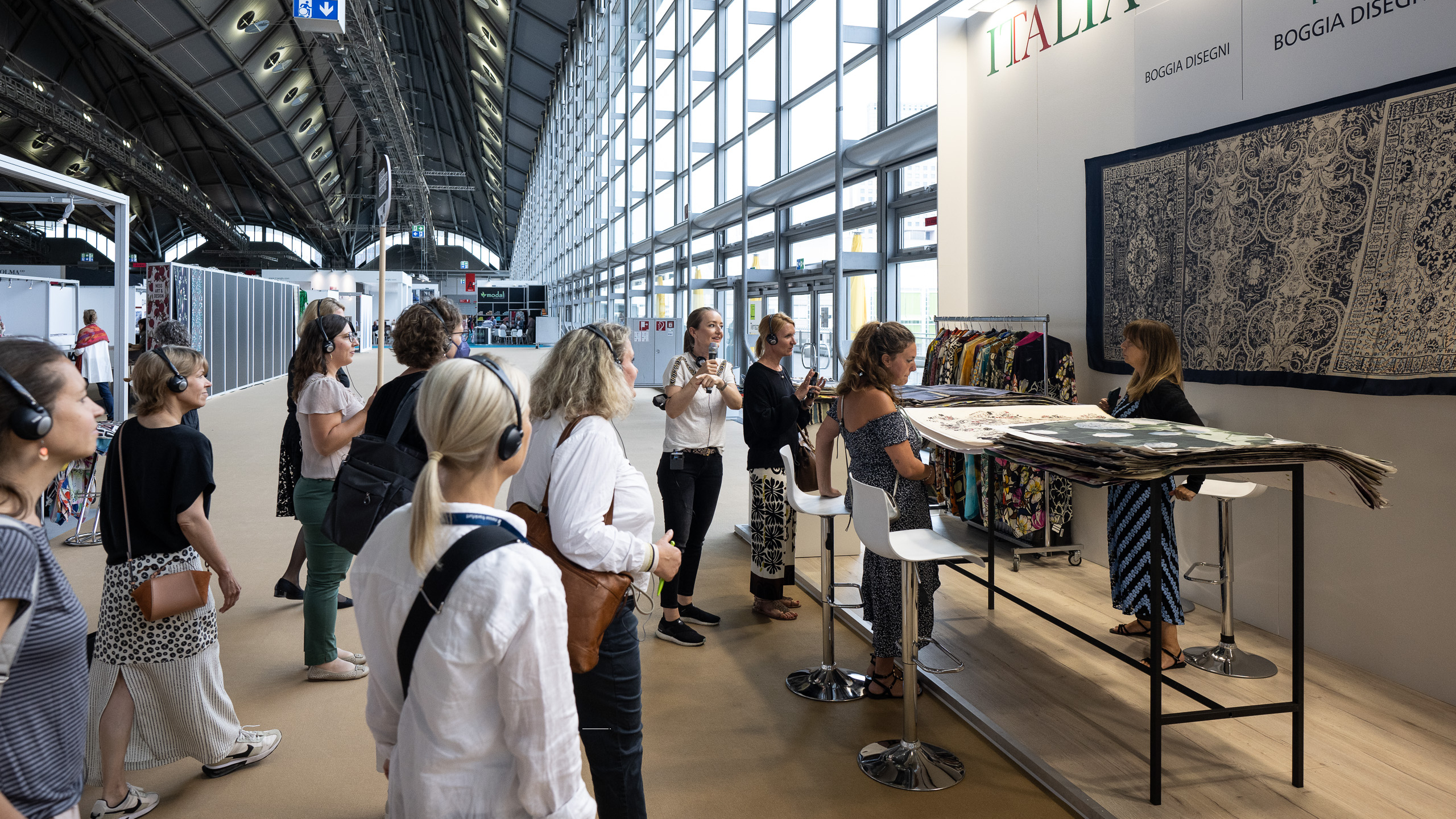What is driving the industry? Where is the market heading? And where are the new sales opportunities? At Heimtextil, high-calibre talks, tours and showcases provide inspiration, orientation and up-to-date information on important topics in the home textiles industry. Trade fair highlights: The cooperation with the renowned designer Patricia Urquiola and the design platform Alcova. Be curious!
Heimtextil Trends 26/27: Craft is a verb
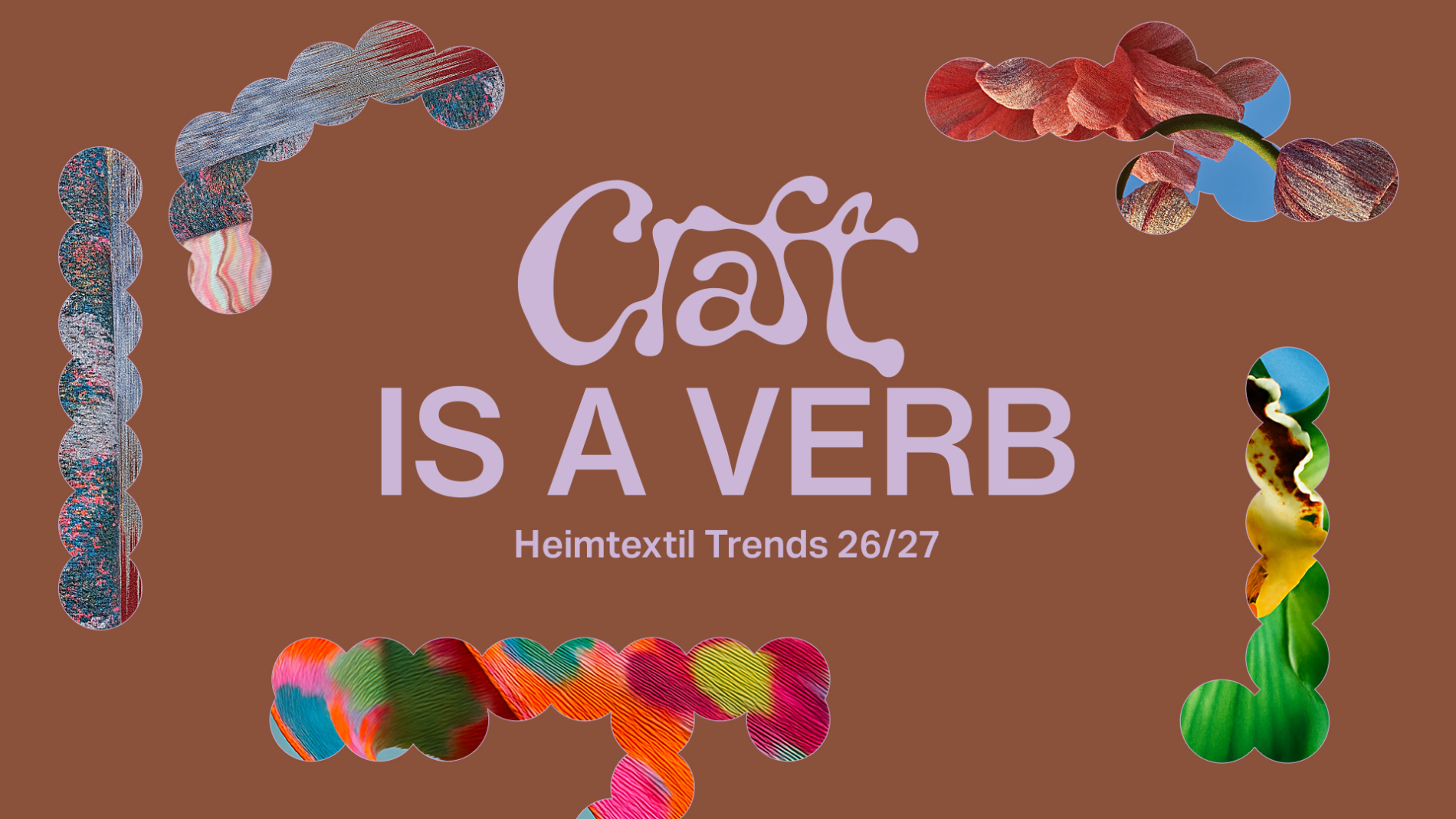
Artificial intelligence meets craftsmanship: precision and efficiency merge with intuition and individuality. Under the guiding theme “Craft is a verb”, the Heimtextil Trends 26/27 showcase how high-tech and handcraft together open up new creative perspectives.
Patricia Urquiola x Heimtextil

Textile design redefined: The work of globally influential architect and designer Patricia Urquiola demonstrates a consistent commitment to innovation, sustainability and design throughout the textile industry.
Star designer Patricia Urquiola stages “among-all” – a multisensory textile experience in Hall 3.0. The installation blends aesthetics, comfort and sustainability with AI-assisted design, opening up new perspectives for design, retail and hospitality.
Interior.Architecture.Hospitality

Discover Heimtextil's extensive range of products and information for the contract business. As an interior designer, architect or hospitality expert, you can expect high-calibre and industry-relevant talks & tours, tours, the LIVE TALKS by Architonic and our library in Hall 3.1 with a curated and juried selection of functional textiles for the contract business.
The future of carpets: Carpets & Rugs with Future Floor
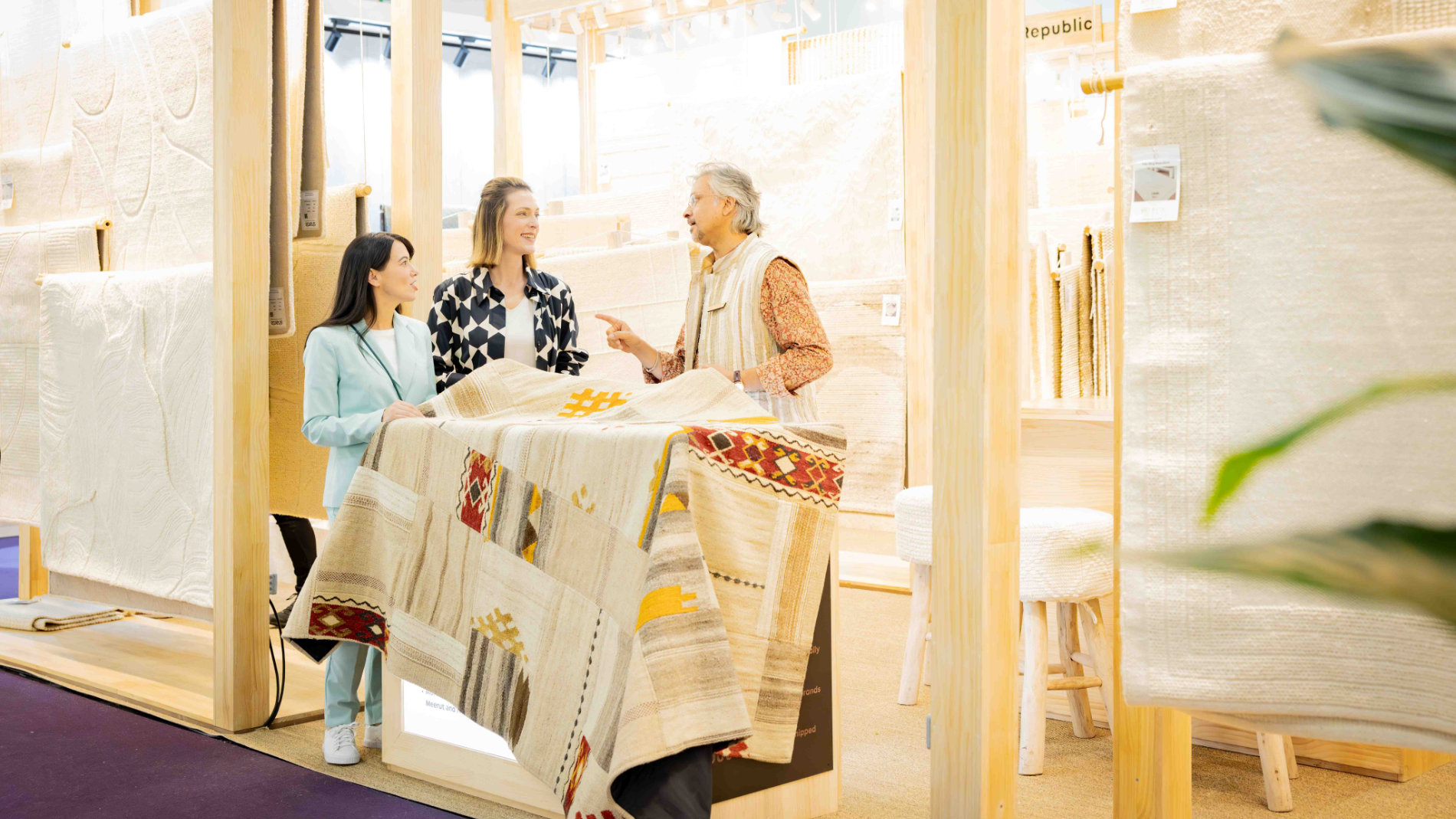
Carpets & Rugs continues to grow – and occupies four hall levels in 2026. From unique pieces to machine-woven carpets and joint stands from China and India: the variety is greater than ever. Halls 11 and 12 will be the central meeting place for the global carpet industry. The new Future Floor area offers a varied content programme, providing expert knowledge, industry exchange and tomorrow's carpet trends.
Sleep: Well-being with textiles

Gemeinsam mit dem Fachverband Matratzen-Industrie e.V. stärkt die Heimtextil das Segment Smart Bedding. Das neue Areal vernetzt Bettenfachhandel, Hospitality und Volumeneinkäufer mit relevanten Partnern – und bietet Raum für neue Sortiments- und Konsumentwicklungen.
Bei Bed, Bath & Living in den Hallen 5.0, 5.1, 6.0 und 6.1 präsentieren Markenunternehmen und Private Label hochwertige Bettwäsche, Decken und Dekokissen.
DecoTeam: Design in dialogue
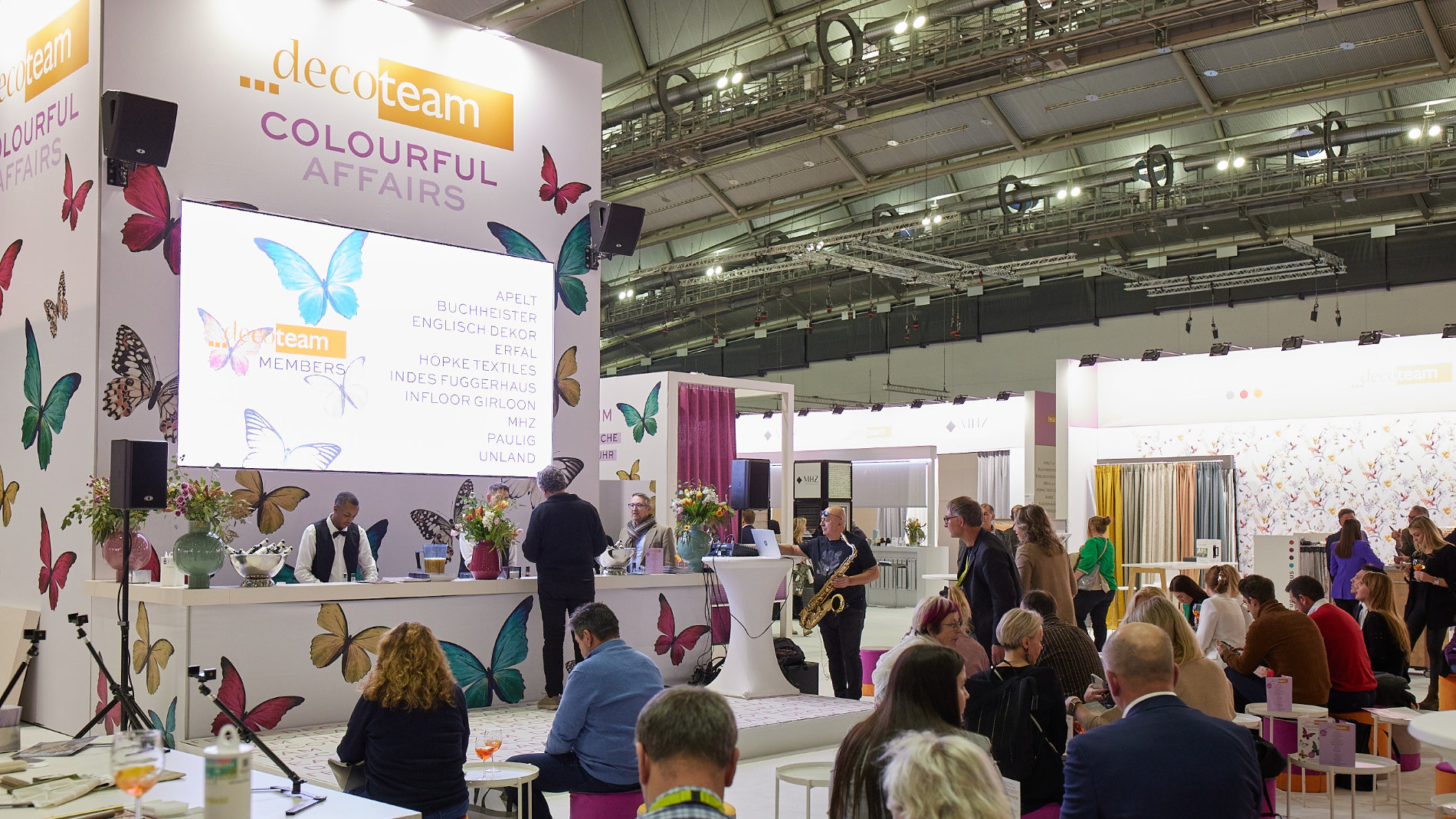
Are you an interior decorator or interior designer? Let yourself be inspired and experience new, atmospheric and surprising colour combinations: In a dedicated area of Hall 3.0, the DecoTeam and its members will once again present creative stagings and create unique textile room experiences.
The focus will be on curtains, decorative and upholstery fabrics, sun protection and floor coverings with sustainable values and functional benefits. Participants include Apelt, Buchheister, Erfal, Höpke, MHZ, Infloor-Girloon, Paulig since 1750FHR-Verbund, MZE/2HK, Kaiser-EDV, ZVR and RZ Trends Interior Design.
The area invites you to linger and network. Lively exchanges take place here. People, brands and ideas come together. And inspiration for tomorrow's designs is sparked. Take advantage of this opportunity: network directly with industry experts.
Design Lounge: Brands in the Spotlight

A curated selection of the latest home and textile trends awaits you in the Design Lounge powered by DecoTeam. Immerse yourself in an atmosphere that fosters creativity and opens up new perspectives.
In the adjacent presentation areas, selected exhibitors showcase high-quality materials, innovative designs and practical solutions for modern interior design.
The exclusive joint presentation includes Kadeco, Somfy, Designers Guild, as well as the exclusive brands Christian Lacroix, Ralph Lauren, John Derian, William Yeoward - Kobe, Golze, and Stoeckel&Grimmler, among others, with JOOP! Living, Schöner Wohnen, Esprit home, Unland and Pierre Cardin, Haro carpets, Theko with the brand worlds Sansibar Sylt, Tom Tailor and Natur Pur, Tisca and Brink&Campmann with a variety of high-quality brands: Harlequin, Marimekko, Florence Broadhurst, Morris&Co, Orla Kiely, Sanderson, Scion Living, Ted Baker, Wedgwood Home. The wide variety of brands is complemented by the exclusive brand Tapetenmanufaktur Hembus.
Econogy Hub – for more textile sustainability
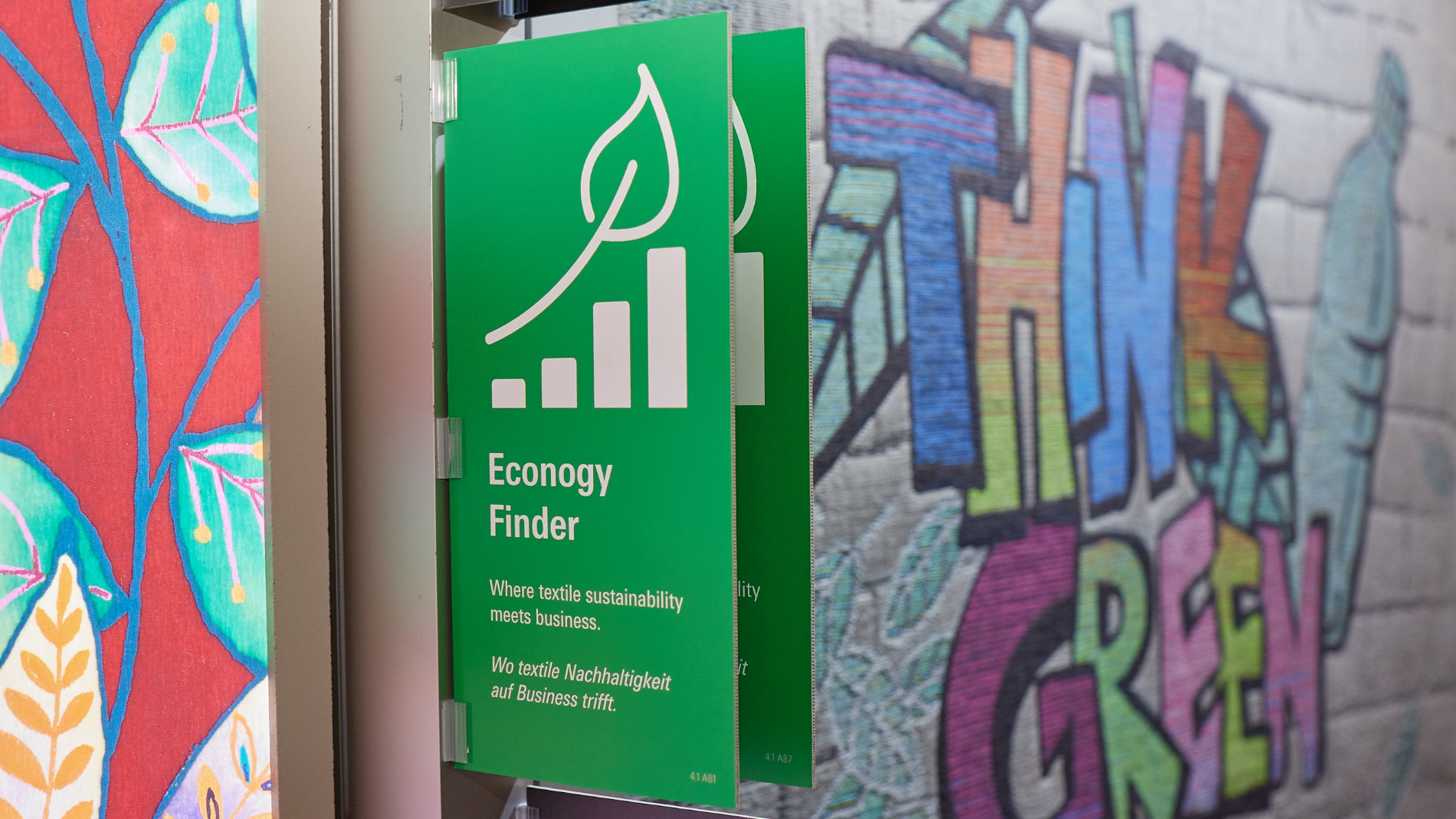
Meet seal providers, certifiers and companies that have made a holistic commitment to sustainability at the Econogy Hub in Hall 6.0. Be inspired by the content of the Econogy Talks on the Texpertise Stage (Hall 6.0): Industry experts and NGOs will talk about solutions, best practices and challenges relating to sustainability in retail and the property business.
You can also experience the Econogy Tours: independent experts will guide you to exhibitors with the latest sustainable textile innovations.
